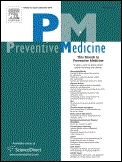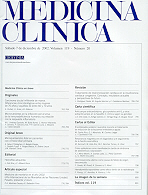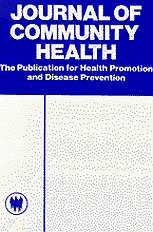Resum
Pre-exposure prophylaxis (PrEP) is an efficacious strategy for reducing the incidence of HIV infection. It has been
available in Spain since 2019. We aim to report on awareness, knowledge of, intention to use, and eligibility for
PrEP and related factors among participants in the European Men-Who-Have-Sex-With-Men Internet Survey
(EMIS-2017) in Spain. We used Spanish data from EMIS-2017, a cross-sectional study performed among gay,
bisexual, and other men who have sex with mean (GBMSM) from 50 countries. We found that 65.3% of the
10,634 participants were aware of PrEP, some 30.1% of those HIV-negative and = 18 years were eligible and
52.7% of those eligible intended to use it. Regarding knowledge about PrEP, only 15.4% of the participants knew
3 statement with true information about that PrEP meant. Older age, being born in Western Europe (WE) and
greater outness were associated with greater awareness. Older age, being born in Latin America or Caribbean or
WE, sex work, and living in a large city were associated with greater eligibility. A greater degree of outness was
associated with reduced intention to use. Our study point to possible barriers in the implementation of PrEP in
Spain and similar countries.






